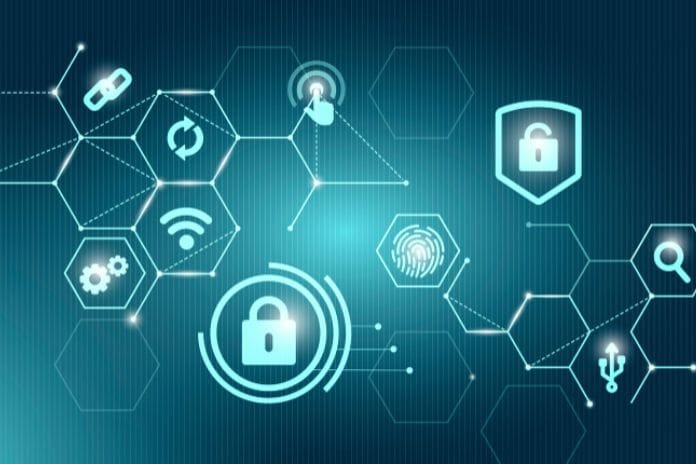
We are facing global digital addiction, rapidly transforming how things work, further accentuating the pandemic and its demand for remote services in every sector. While this adaptation benefits progressive companies, on the one hand, it also offers cybercriminals new and innovative ways to attack organizations and consumers. Even those who do not live in constant connection suffer without realizing the consequences of the digital world and cyberattacks, which leads the world to wonder if there is a cybersecurity and the global digital conflict. Cyberattacks can affect us – and will – in ways other than those predictable.
JBS USA, the American meat production giant, is a well-known example. In June 2021, it suffered a ransomware attack that cost the company over $ 11 million. About a quarter of the beef consumed in the United States is produced in JBOSs factories. After the attack, global production resumed in three days, but not without consequences.
Attacks on energy and utility operators also affect the global population, as happened on July 10 this year, when Rogers Communications Inc., a telecommunications service provider, experienced a significant disruption of its business. Net, which has prevented over 10 million Canadians from using the Internet, making emergency services difficult and even blocking ATMs.
Ransomware Attacks On Government Agencies
At the beginning of the year, Costa Rica was hit by a ransomware attack that affected numerous government agencies and effectively blocked the entire country, including citizens not directly connected to the Internet: more than 30,000 medical appointments were skipped. And tax payments were stopped.
We passed through Austria, where a hotel suffered numerous ransomware attacks that blocked the reservation system and the functioning of the digital room keys; the hotel staff had to personally accompany each guest to their room. After four successive attacks, the facility restored the use of the old standard keys, thus avoiding the difficulties and interruptions experienced with digital ones.
More or less indirectly, cyber attacks lead companies and individuals back to old analog services to avoid the hassle of frustrating digital service outages. Earlier this year, in the early stages of the conflict between Russia and Ukraine, the Russians struck a Ukrainian satellite communications service provider, with effects spreading to Germany and France and sending edge devices across the continent into a tailspin.
The impact affected civilian and military communications and hampered Ukrainian war operations and the evacuation of fleeing citizens. Attacks today are not only perpetrated by high-level nation-states but also by hacker activists and volunteers. Even the simplest denial-of-service (DDoS) attacks can do massive damage if they hit the correct number of devices.
Cybersecurity And Job Market
Cybercriminals manage to strike by exploiting outdated or misconfigured infrastructure; therefore, companies must update their infrastructures by periodically reviewing the configurations. Despite all the examples and harms mentioned, hacking has not yet reached the level we see in movies and television shows.
It is not a question of typing meaningless phrases on the keyboard of a terminal that lights up saying: “You have entered the system”; instead, it is a complex work that involves errors and attempts, with the result of generating confusion and mistrust.
Finally, it must be said that not only the bad guys evolve in the sector but also the good ones. Some are constantly working to improve cyber protection platforms, and the Cyber Security job market is also increasing. For example, artificial intelligence and machine learning are now integrated into cybersecurity solutions, which can analyze millions of data sets and identify potential breaches exponentially faster than humans.
Cybersecurity And The Global Digital Conflict
Attackers, therefore, orient themselves toward the most accessible prey. The most apparent flaws will, of course, be exploited. Criminals will be able to penetrate outdated infrastructure and locate cracks through which they can crawl to reach backend systems. It helps us think of cybersecurity as an automobile equipped with seat belts, airbags, reinforced metal chassis, and many other safety features designed to limit the consequences of an impact or accident as much as possible.
Car manufacturers know they can help avoid accidents with devices such as blind-spot monitors and collision detectors, but they also know it’s just as important. Mitigate the potential damage of impacts, and every single safety feature uniquely contributes to this.
Acronis Cyber Protect is prepared for this type of work: it is an easy-to-use integrated platform that monitors and controls all Cyber Protection and data backup needs, avoiding any unnecessary complexity in a process that must be simplified. In the presence of complicated tools, companies also need staff capable of using them. Hiring and training teams that know how to use these tools is as crucial as installing and applying them.
With the right combination of people, training, and tools, organizations can lighten the impact of potential attacks on themselves and those around them. Even if we are facing a conflict between cyber criminals and defenders, with proper preparation and damage control, international and tech leaders can genuinely contain the impact and its consequences. With these guidelines in mind, good will ultimately prevail.
Read Also: Why SaaS Is A Security Risk
